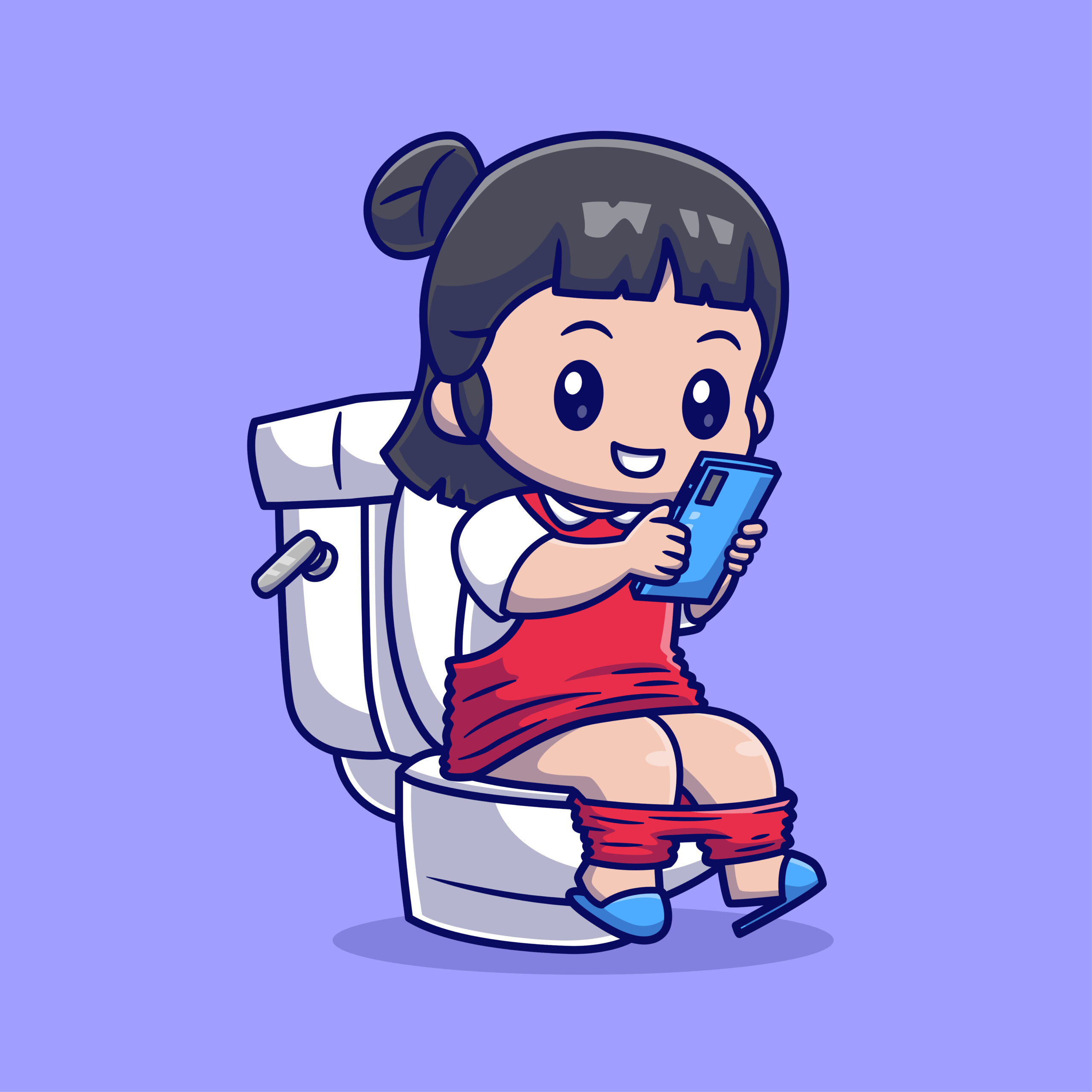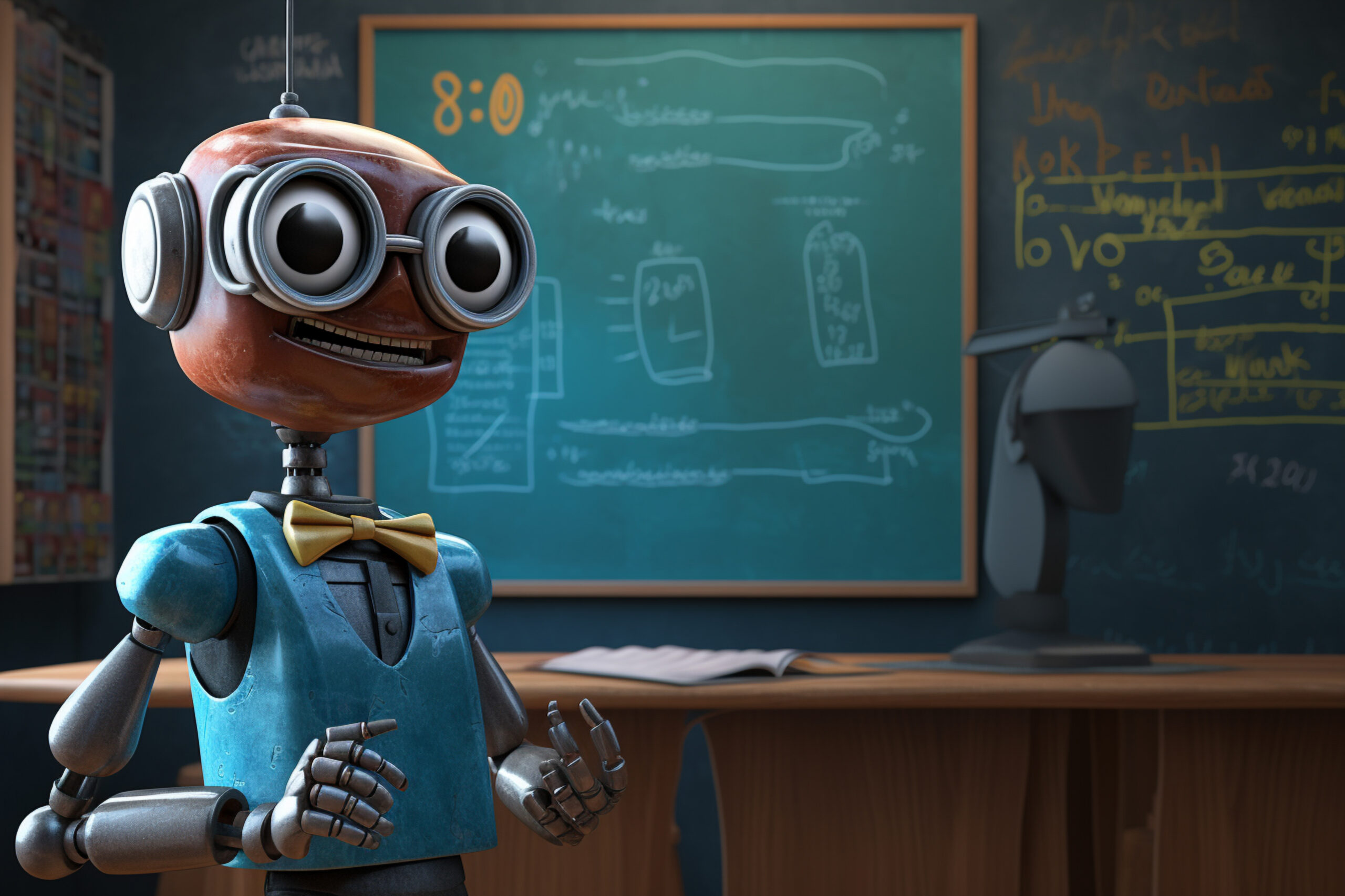Imagine this: you’ve just polished off a questionable burrito, and as you settle onto your throne (porcelain, hopefully), a gentle voice inquires, “How can I optimize your elimination experience today?”
Hilarious, right? But wait… is it?
The future of smart homes is hurtling towards us like a self-driving Roomba, and with it comes a wave of internet-connected conveniences – some undeniably awesome, others a tad unsettling. We’re talking refrigerators that order groceries, ovens that preheat with a voice command, and yes, even toilets that, well, talk.
The Good, the Bad, and the Flushworthy
Let’s delve into the potential benefits of these smart bathroom fixtures. They could, for example:
- Track your health: Imagine a toilet that analyzes… well, let’s just say it can provide valuable insights into your hydration and overall health. No more awkward doctor visits – your toilet becomes your silent (well, not entirely silent) health partner.
- Personalized pampering: Fancy a heated seat on a chilly morning? Or perhaps some soothing spa music to accompany your, erm, business? A smart toilet can cater to your every whim (within reason).
- Leak detection and maintenance: Ever sprung a leak and only discovered it when the floor below turned into a soggy mess? Smart toilets can detect leaks early, saving you from watery disasters and plumbing headaches.
But here’s where things get a little, shall we say, “Black Mirror”:
- Privacy concerns: The idea of a toilet collecting your… data is enough to make anyone squirm. Who has access to this information? Can it be hacked? The potential for misuse is a cause for concern.
- Big Brother in the Bathroom: Do you really need your toilet dispensing unsolicited life advice or judging your… throughput? The line between convenience and intrusion can easily blur.
- Technical glitches: Imagine a malfunctioning smart toilet mid-stream, refusing to flush or dispensing a surprise bidet blast. The possibilities for technological meltdowns are, well, unpleasant.
The Bottom Line (Pun Intended)
Smart home technology is here to stay, and the bathroom is no exception. While talking toilets might seem like something out of science fiction (or a particularly strange dream), the future holds a variety of potential benefits for comfort, health, and even a touch of luxury. However, it’s crucial to address privacy concerns and ensure these advancements are truly helpful, not just high-tech horror stories.
So, the next time you take a seat, consider the possibilities. Maybe your toilet will dispense words of wisdom, or maybe it will just dispense with the need for a plunger. One thing’s for sure: the future of the bathroom is looking, well, flushed with potential.
A User’s Guide
Okay, so you’ve taken the plunge (pun intended) and installed a smart toilet. Congratulations! Now comes the slightly awkward (but hopefully rewarding) experience of getting to know your new, chatty porcelain companion. Here’s a survival guide to navigating the world of talking toilets:
- Meet and Greet: Don’t be surprised if your toilet introduces itself upon your first encounter. Brace yourself for a name like “ThroneBot 3000” or perhaps something a tad more whimsical like “Sparkle.”
- Customization is Key: Most smart toilets come with adjustable settings. You can choose the voice tone (deep and serious, or perhaps chipper and upbeat?), the level of information you’d like to share (just basic waste analysis, or a full health report?), and even the music selection for those “contemplative moments.”
- Setting Boundaries: Remember, you’re the boss, not your toilet. Most models allow you to disable unwanted features like unsolicited advice or automated air freshener deployment.
- The Power of Silence: Sometimes, you just need some peace and quiet. Most smart toilets have a “silent mode” or a simple “do not disturb” option.
- Embrace the Fun: Let’s be honest, a talking toilet can be a source of amusement. Play some trivia games with Sparkle, or challenge ThroneBot to a limerick duel. Who knows, maybe bathroom time will become the highlight of your day.
But Wait, There’s More!
The smart bathroom doesn’t stop at the toilet. Here’s a glimpse of some other potential future fixtures:
- The High-Tech Showerhead: Imagine a shower that adjusts the temperature based on your voice commands, dispenses your favorite shampoo, and even plays a personalized morning playlist to get you energized.
- The Mirror, Mirror on the Wall: This isn’t your fairy tale mirror. This one analyzes your skin, recommends skincare routines, and even applies makeup virtually, allowing you to experiment with different looks before committing.
- The Self-Cleaning Sink: No more scrubbing toothpaste splatters! This futuristic sink senses mess and automatically cleans itself, leaving you with a sparkling basin every time.
The possibilities are truly endless. So, the next time you step into your bathroom, take a moment to appreciate the convenience and potential amusement that smart technology can bring. Just remember, when it comes to your talking toilet, a healthy dose of humor and a firm grasp of the settings are key to a harmonious (and hopefully hilarious) future.




